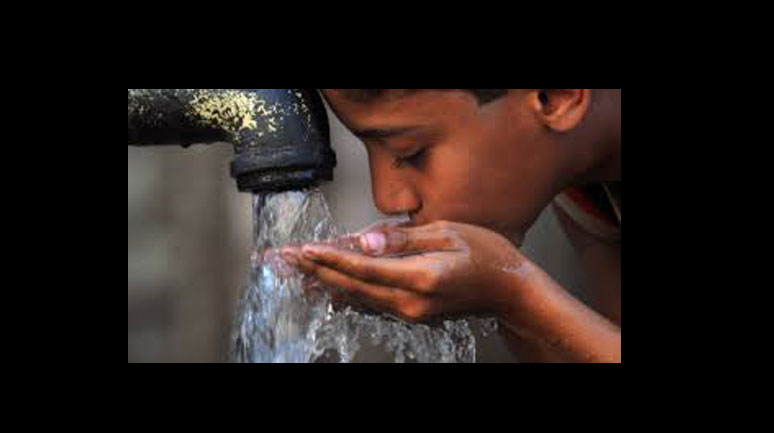Innovative Technology: Clean Drinking Water in Villages


Finding a way to harvest rainwater by creating freshwater pockets in existing saline aquifers is a novel and creative way to solve the drinking water problem in the arid regions of Haryana, which have very few surface water resources
“MY DAUGHTER AND I USED TO CARRY AROUND 80 to 100 litres of water per day, not for our needs, but for the school. How else would the children have survived at school?” asked Saliman, an anganwadi worker at the school in Sukhpuri, Nagina block, Nuh district.
T his one poignant statement depicts the sheer challenge of the activity, on the one hand, and the utmost dedication of an individual on the other. There are many more such examples.
The district of Nuh in Haryana is a semi-arid region with very few surface water resources. Groundwater is the primary source of water for domestic as well as agricultural purposes. However, because the groundwater is highly saline and of poor quality, it is unfit for human consumption. Pipe water supply network is maintained by the Public Health Department of the district. This water is sourced from canals and tube-wells near the foothills, where fresh water is still available. Due to the erratic nature of the supply, even the domestic demand for water is hardly met. Most villagers suffer as a result of the lack of availability of potable water. The owners of sweet water bore-wells engage in water trade. The cost of boring a well is high; therefore, the villagers are compelled to purchase water from commercial water tankers. However, those who have limited resources are forced to fetch water from distant sources to meet their needs. These sources of water are either government tube wells, ponds or hand pumps. The cost of boring a well is high; therefore, the villagers are compelled to purchase water from commercial water tankers. However, those who have limited resources are forced to fetch water from distant sources to meet their needs.
The cost of boring a well is high; therefore, the villagers are compelled to purchase water from commercial water tankers. However, those who have limited resources are forced to fetch water from distant sources to meet their needs

